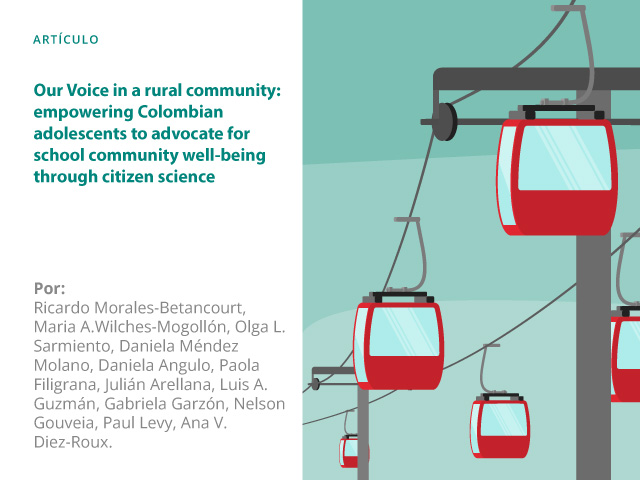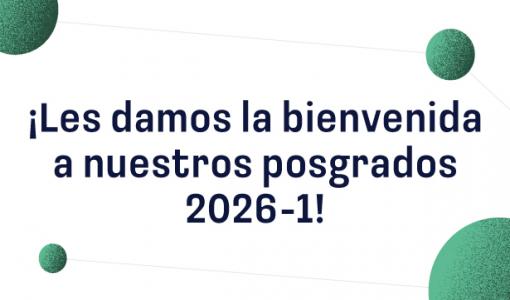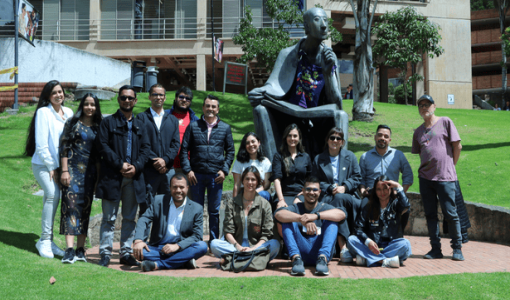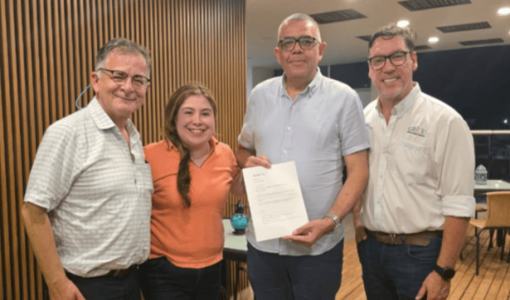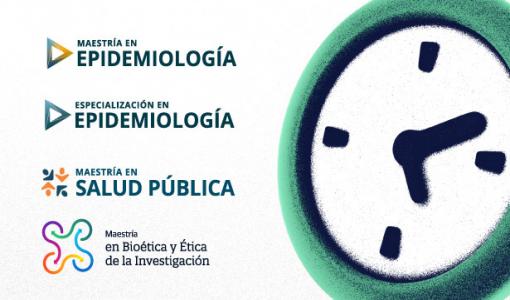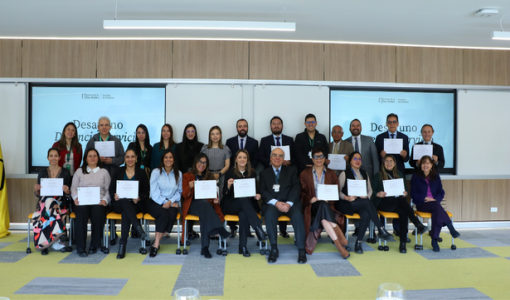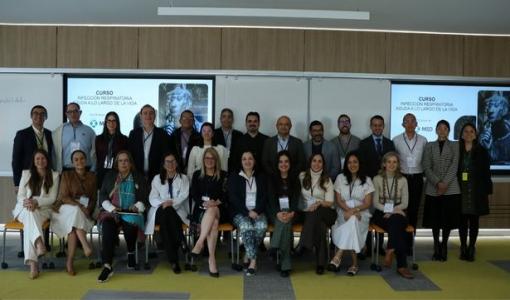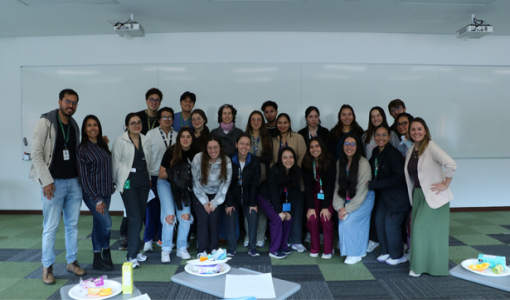[Artículo]
"Commuter's personal exposure to air pollutants after the implementation of a cable car for public transport: Results of the natural experiment TrUST" un nuevo artículo que habla de la implementación del Transmicable con la participación de la Dra. Olga Lucía Sarmiento.
Abstract
Commuters in urban settlements are frequently exposed to high concentrations of air pollutants due to their proximity to mobile sources, making exposure to traffic-related air pollutants an important public health issue. Recent trends in urban transport towards zero- and low-tailpipe emission alternatives will likely result in decreased exposure to air pollutants. The TrUST (Urban transformations and health) study offers a unique opportunity to understand the impacts of a new cable car (TransMiCable) in underserved communities within Bogotá, Colombia. The aims of this study are to assess the personal exposure to fine particulate matter (PM2.5), equivalent Black Carbon (eBC), and Carbon Monoxide (CO) in transport micro-environments and to estimate the inhaled dose per trip during mandatory multimodal trips before and after the implementation of the TransMiCable. We collected personal exposure data for Bus-Rapid-Transit (BRT) feeder buses, regular buses, informal transport, pedestrians, and TransMiCable. TransMiCable showed lower exposure concentration compared to BRT feeder and regular buses (PM2.5: 23.6 vs. 87.0 μg m−3 (P ≤ 0.001) and eBC: 5.2 vs. 28.2 μg m−3 (P ≤ 0.001), respectively). The mean concentration of PM2.5 and eBC inside the TransMiCable cabins were 62 % and 82 % lower than the mean concentrations in buses. Furthermore, using a Monte Carlo simulation model, we found that including the TransMiCable as a feeder is related to a 54.4 μg/trip reduction in PM2.5 inhaled dose and 35.8 μg/trip in eBC per trip. Those changes represent a 27 % and 34 % reduction in an inhaled dose per trip, respectively. Our results show that PM2.5, eBC, and CO inhaled dose for TransMiCable users is reduced due to lower exposure concentration inside its cabins and shorter travel time. The implementation of a cable car in Bogotá is likely to reduce air pollution exposure in transport micro-environments used by vulnerable populations living in semi-informal settlements.

